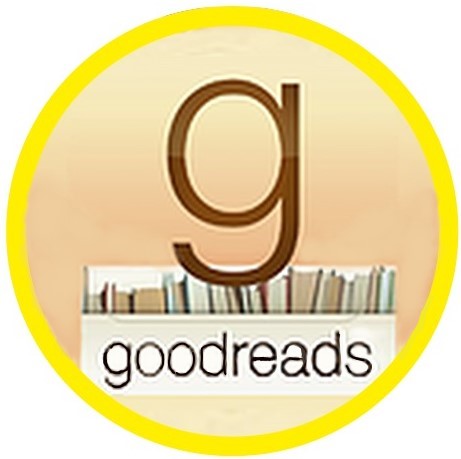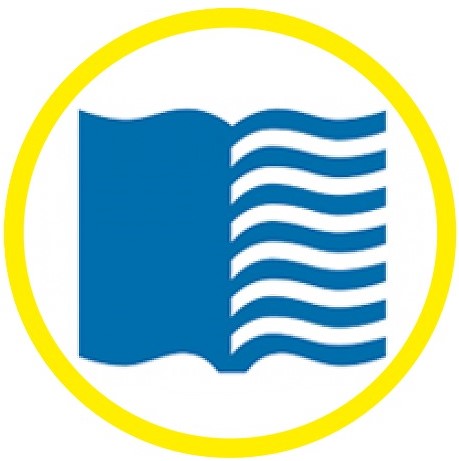| First posted 6/16/2020; updated 7/6/2020. |
 |
The Age of InnocenceEdith Wharton
|
|
First Publication: 1920 Category: novel Sales: ? |
Accolades: 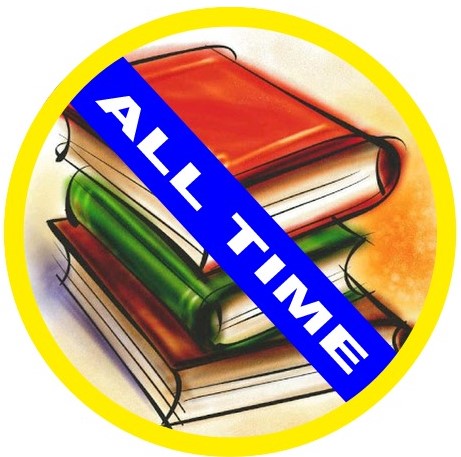
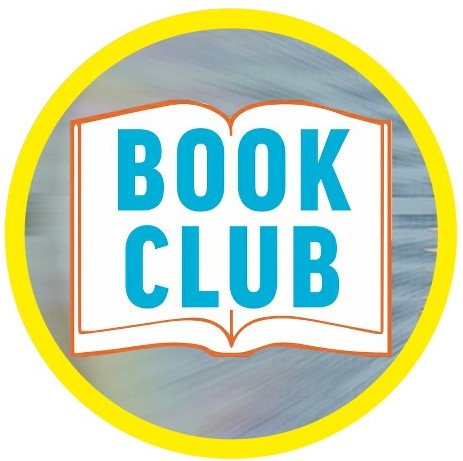
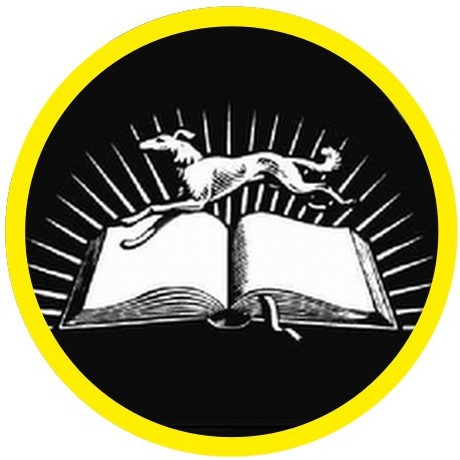
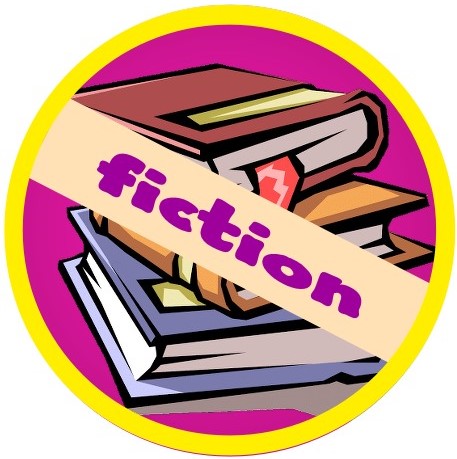

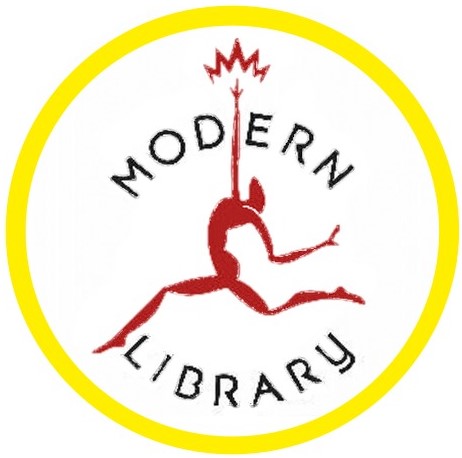

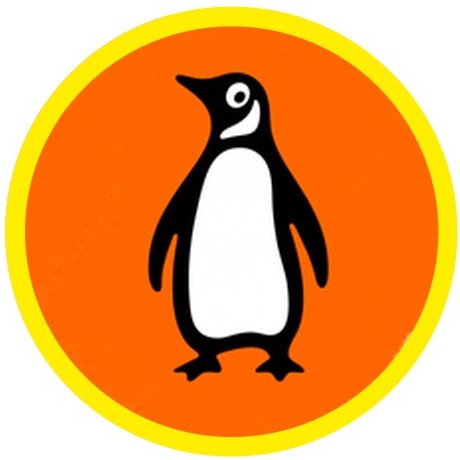
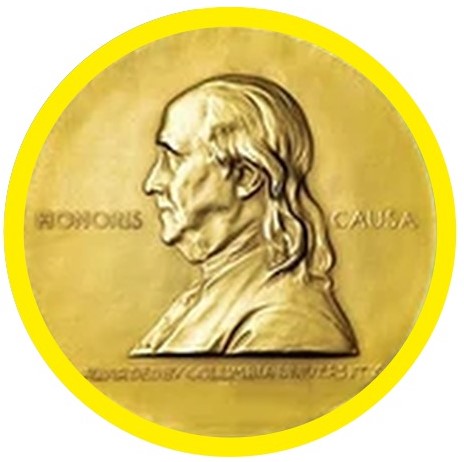
|
|
About the Book: “The Age of Innocence is Edith Wharton’s twelfth novel, initially serialized in four parts in the Pictorial Review magazine in 1920, and later released by D. Appleton and Company as a book in New York and in London. It…[was] the first novel written by a woman to win the Pulitzer Prize for Fiction.” AZ “The story is set in upper-class New York City in the 1870s.” AZ It is a “masterful portrait of desire and betrayal during the sumptuous Golden Age of Old New York, a time when society people “dreaded scandal more than disease.” BN “This is Newland Archer’s world as he prepares to marry the beautiful but conventional May Welland. But when the mysterious Countess Ellen Olenska returns to New York after a disastrous marriage, Archer falls deeply in love with her. Torn between duty and passion, Archer struggles to make a decision that will either courageously define his life – or mercilessly destroy it.” BN Resources and Related Links:
|













